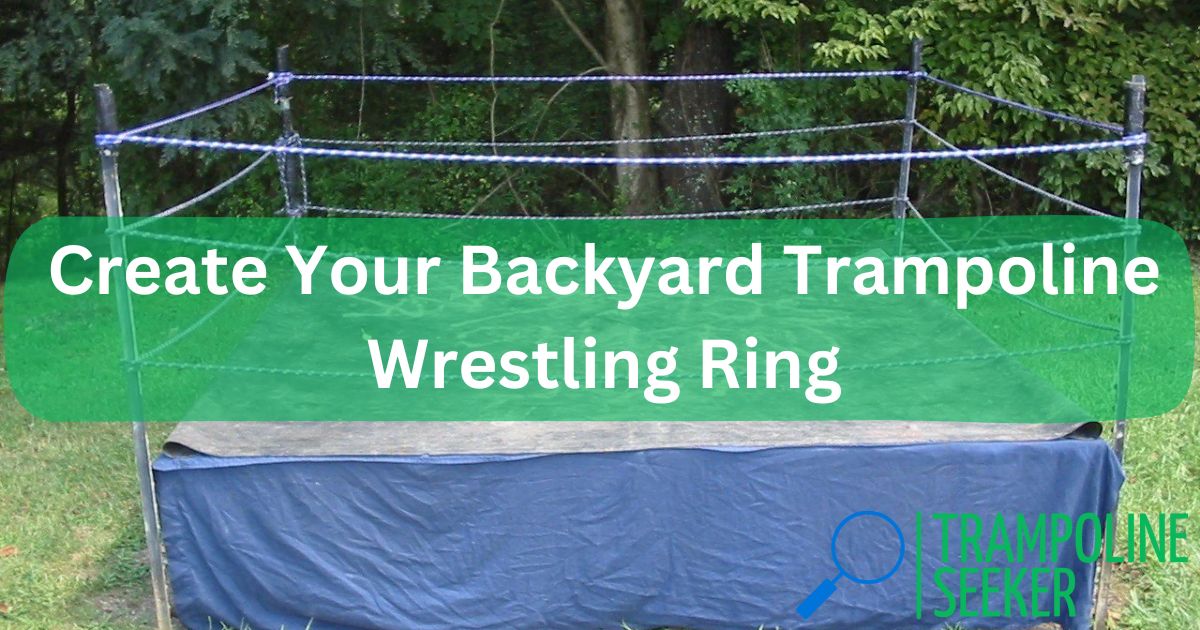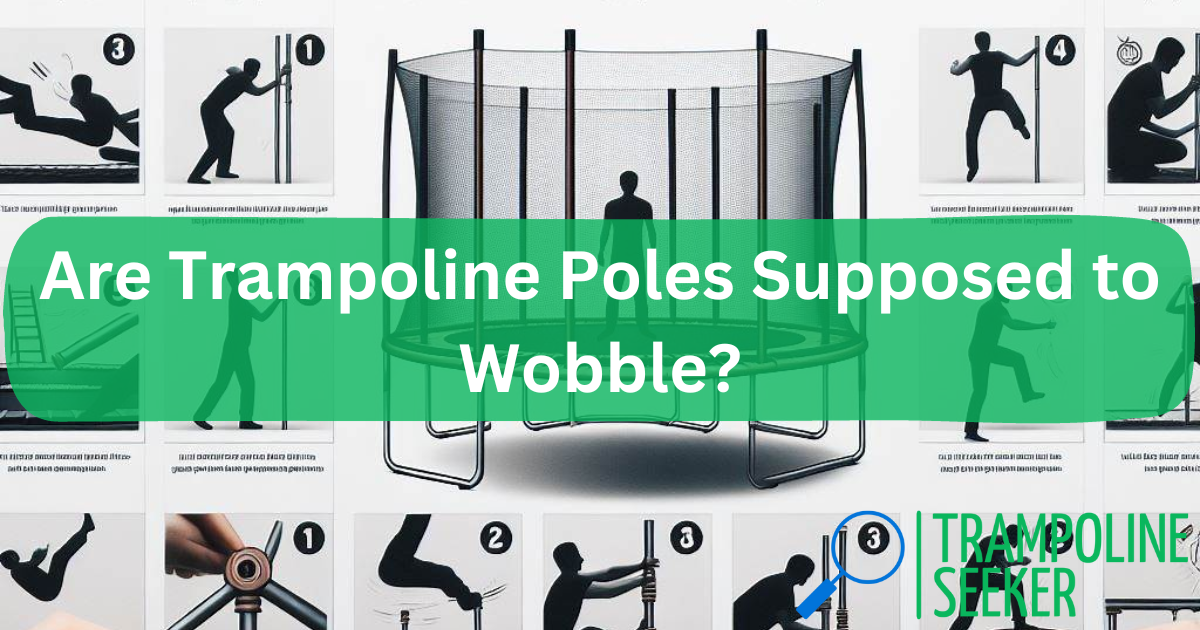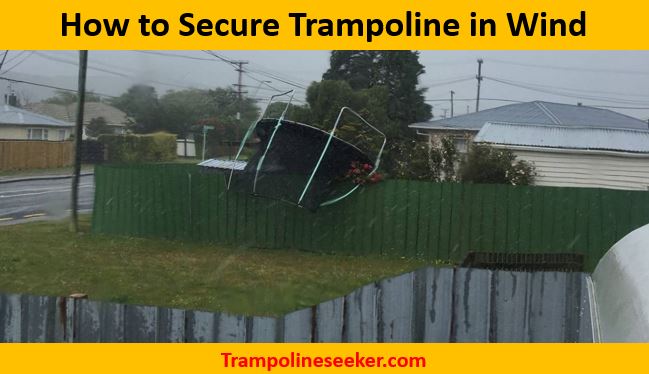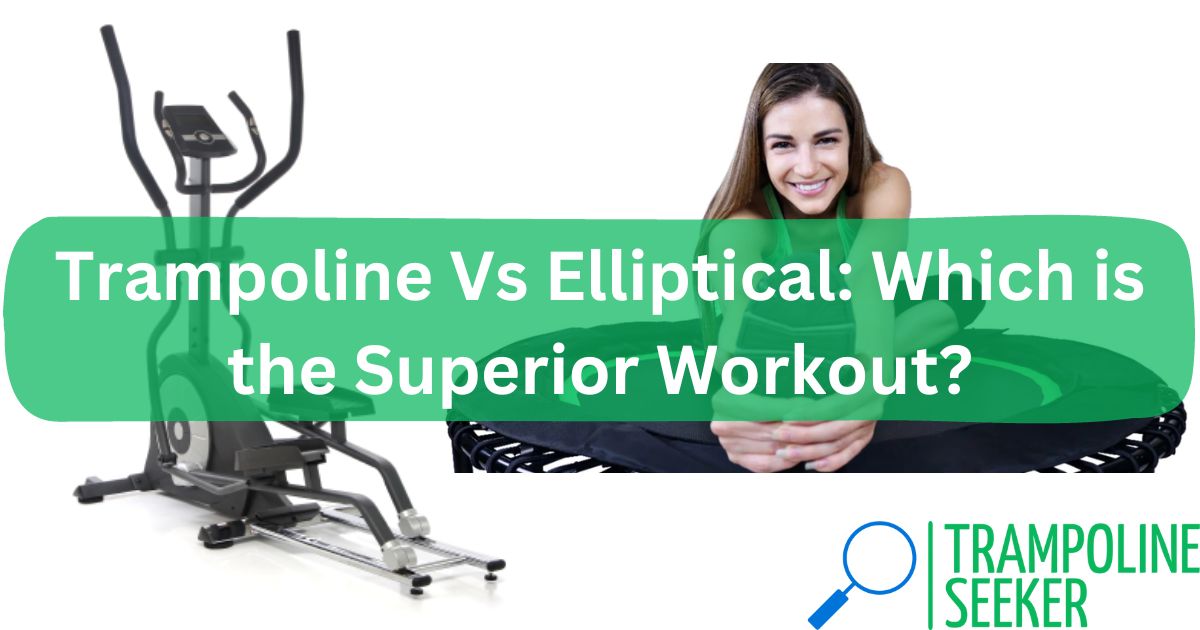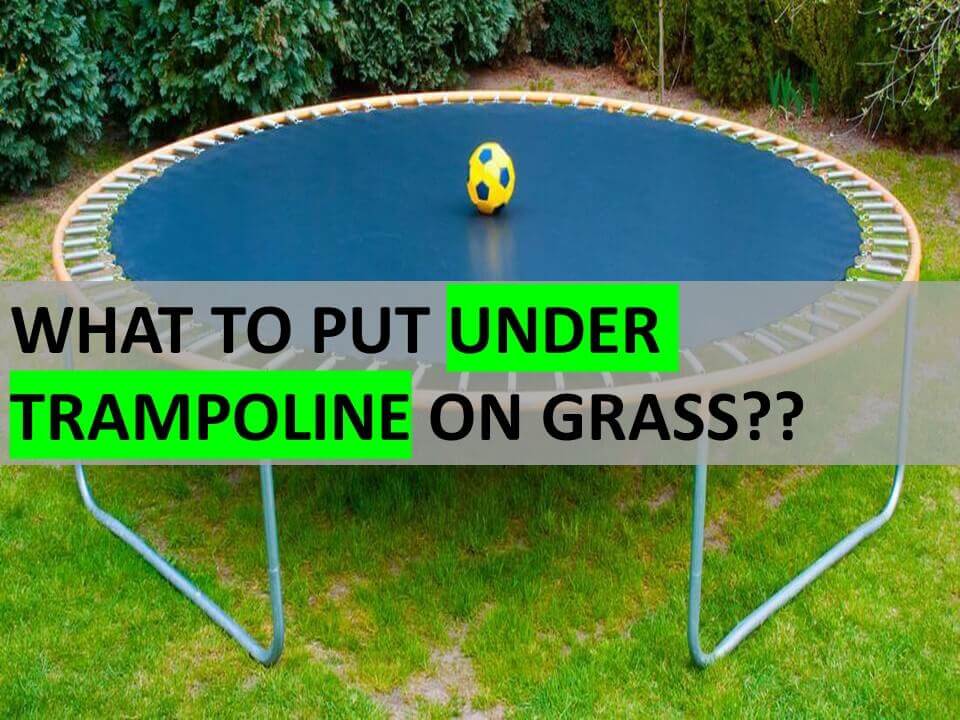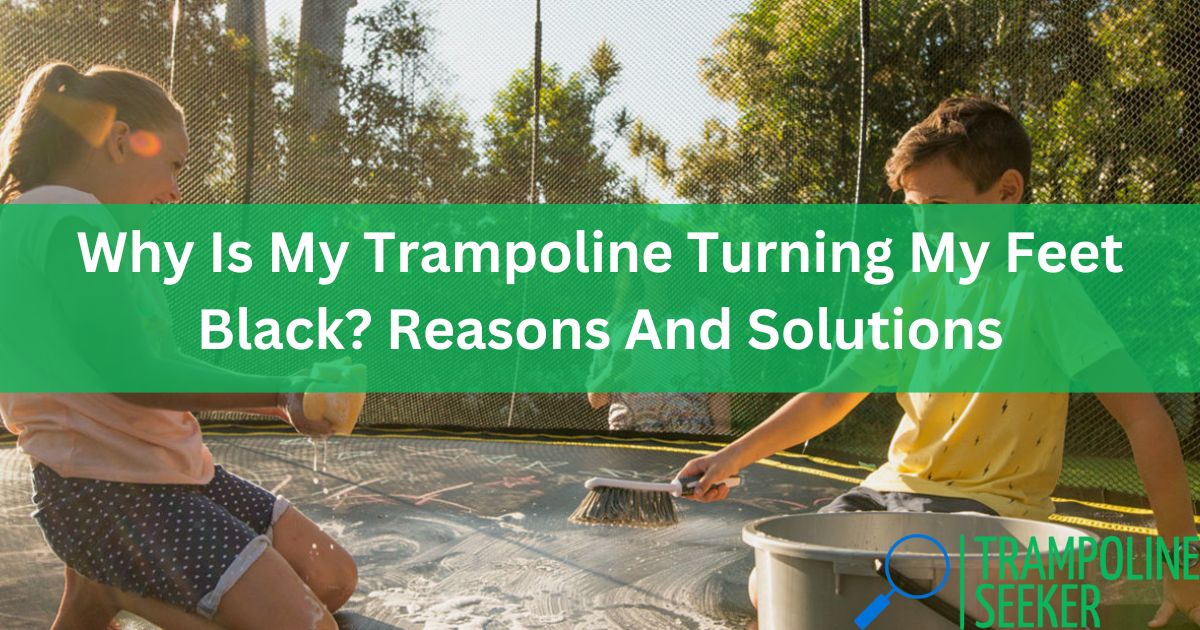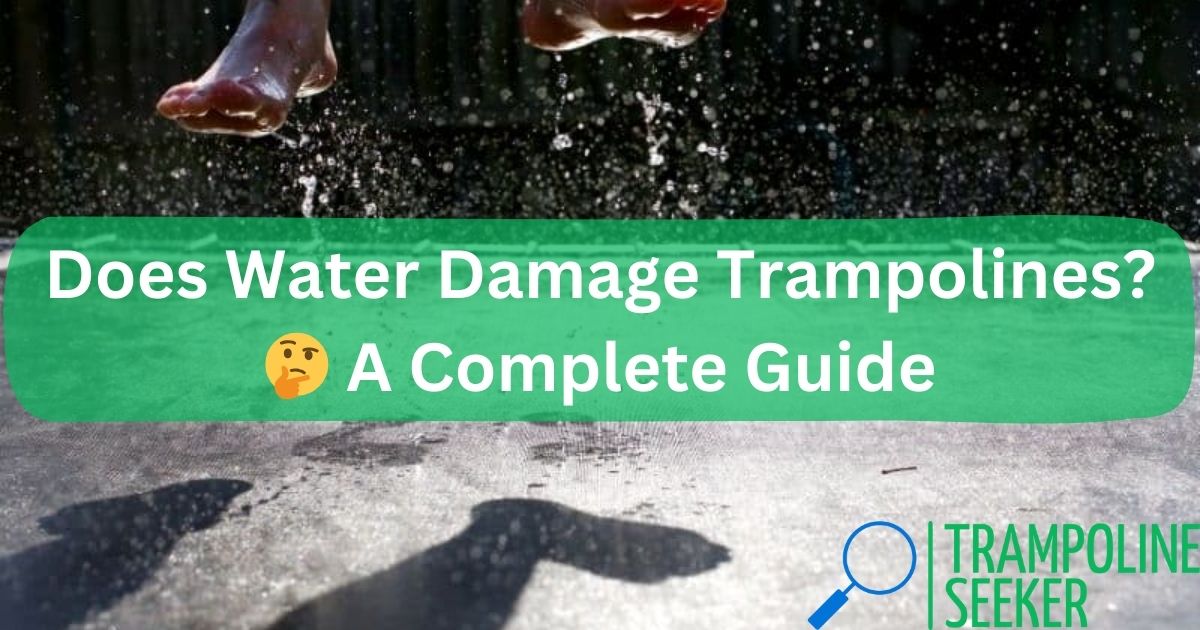As you watch your children leap and tumble, the bounce of a trampoline lighting up their faces with joy, you might wonder about the less pleasant ‘bounce’ of potential liability and insurance costs. Can you imagine coming home one day to find a letter from your insurance company, telling you that your homeowners insurance premiums have skyrocketed?
Or worse, a lawsuit because a child was injured on your trampoline while you were away? While trampolines offer an exhilarating escape for your kids and an ideal solution for burning off excess energy, they can also open up Pandora’s box of hidden costs and unforeseen risks.
This article will give you the answer to the question “How Much Does Trampoline Insurance Cost?” and unveils the lesser-known side of trampoline ownership, bringing to light the very real costs of trampoline insurance, which can often amount to $100 to $150 per month. It’s time to jump into the nuts and bolts of trampoline insurance and learn how to ensure safety while keeping the fun bouncing.
Stay tuned as we unravel the complexity of insuring your bouncy friend, while also exploring the ways to reduce the risk and maintain the joy that comes from owning a trampoline.
Must Read:
| Cat on Trampoline |
| Little Tikes 15 Ft Trampoline Reviews |
| Trampoline Alternatives |
| How to Secure a Trampoline to the Ground? |
| Do Trampolines Need to Be Anchored |
Cost of Trampoline Insurance
Trampoline insurance costs can vary greatly based on several factors. However, as I mentioned above, on average, trampoline insurance may cost between $100 to $150 per month, or $1200 to $1800 annually. This might sound steep, but it can prove worthwhile if an accident occurs on your property involving a trampoline.
It’s essential to note that trampoline insurance is often included as a part of homeowners insurance, with a clause that covers potential trampoline-related risks.
Effect of Trampolines on Home Insurance
Owning a trampoline can influence your homeowner’s insurance policy. Some insurance companies might consider a trampoline a high-risk item, also known as an attractive nuisance, and might raise your premiums accordingly. They may also require that certain safety measures, like enclosing the trampoline with a safety net, be put in place.
Here are three common ways that insurance companies might handle trampoline coverage:
Full Coverage for Trampolines
A few insurance providers may offer full coverage for trampoline-related incidents. In this case, the policy will cover any accidents, damage, or injuries that occur while using the trampoline. This coverage extends to cover medical bills for injured parties and any legal expenses should a lawsuit arise from the accident.
However, it is essential to read the terms and conditions of your policy carefully. Make sure to verify with your insurer whether the policy truly covers all trampoline-related claims without any specific restrictions or requirements.
Conditional Coverage for Trampolines
A more common approach insurance providers take is to offer coverage for trampolines under certain conditions. These conditions often include safety regulations that the homeowner must implement to decrease the risk of accidents.
For instance, the insurance company might require the trampoline to be enclosed by a safety net or located within a fenced area. Other conditions could include supervising children while they are using the trampoline, restricting the number of people on the trampoline at one time, or prohibiting certain high-risk moves, such as flips or somersaults.
If these conditions are not met, and an accident occurs, the insurer might deny the claim. Therefore, homeowners should carefully comply with these requirements to maintain their coverage.
No Coverage for Trampolines
Certain insurance providers may not provide any coverage for trampoline-related incidents. These companies view the risk associated with trampolines as too high to cover under a standard homeowner’s insurance policy.
If your insurer falls into this category and you have a trampoline on your property, any accidents, damages, or injuries resulting from the trampoline will not be covered. You will be financially responsible for medical expenses or potential lawsuits. If you already have a trampoline and your insurer refuses to cover it, you may need to seek coverage from another provider or consider getting rid of the trampoline.
Personal Umbrella Policy (PUP)
A Personal Umbrella Policy is a potential investment for homeowners who have trampolines or similar recreational equipment on their property. PUPs provide additional liability insurance that kicks in when the limits of your homeowner’s insurance are exceeded. This policy increases your liability insurance in million-dollar increments, providing a substantial financial safety net in case of lawsuits or large damage claims.
Trampolines and Increased Homeowners Insurance
Owning a trampoline can lead to an increase in your homeowner’s insurance premiums. As a homeowner, it’s your responsibility to manage any damages or injuries that occur on your property, including those associated with your trampoline.
The U.S. Consumer Product Safety Commission reports that over 83,000 people are sent to the emergency room each year due to trampoline accidents. This risk is why it’s crucial to check your homeowner’s insurance policy to see if trampolines are covered before making a purchase.
Avoiding Trampoline Lawsuits
Prevention is the best way to avoid potential lawsuits associated with trampoline use. As a homeowner, you should take as many safety measures as possible to ensure the safe use of a trampoline on your property. Here are some precautions that you can take:
Install Safety Netting
Trampoline safety nets can reduce the risk of someone falling off significantly. This simple step can prevent a number of potential accidents and injuries.
Proper Placement
Make sure to place your trampoline away from concrete, fences, and other potentially hazardous objects. Having enough space around the trampoline can reduce the chance of injuries.
Monitor Use
Ensure your trampoline is used responsibly by anyone who uses it. Unsupervised and reckless use of a trampoline can quickly lead to accidents.
Trampoline Insurance for Renters
It is imperative that renters understand the risks associated with trampolines. If a guest is injured while using the trampoline, the renter can be held responsible for medical expenses. It’s therefore essential to supervise trampoline use and ensure it’s not used without permission. A single trampoline accident can lead to significant physical harm and associated medical expenses.
Conclusion
Trampoline insurance is crucial for mitigating risks associated with trampoline ownership, typically costing between $100 and $150 per month, often under a homeowner’s insurance policy. Policies may vary greatly, offering full, conditional, or no coverage for trampoline-related incidents. A Personal Umbrella Policy can add extra financial security. Given the high accident rate associated with trampolines, it’s vital to ensure safety measures, like supervision and proper setup, to prevent potential accidents and lawsuits. Whether a homeowner or renter, understanding the implications of trampoline insurance is key to safe and enjoyable trampoline use.


